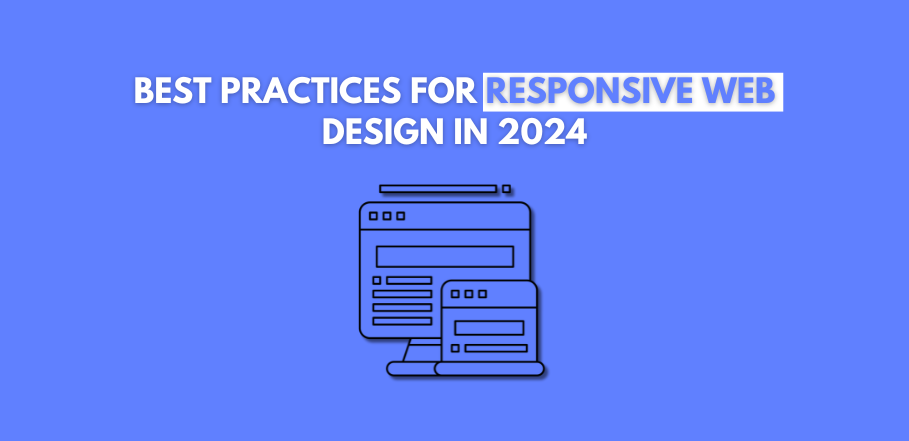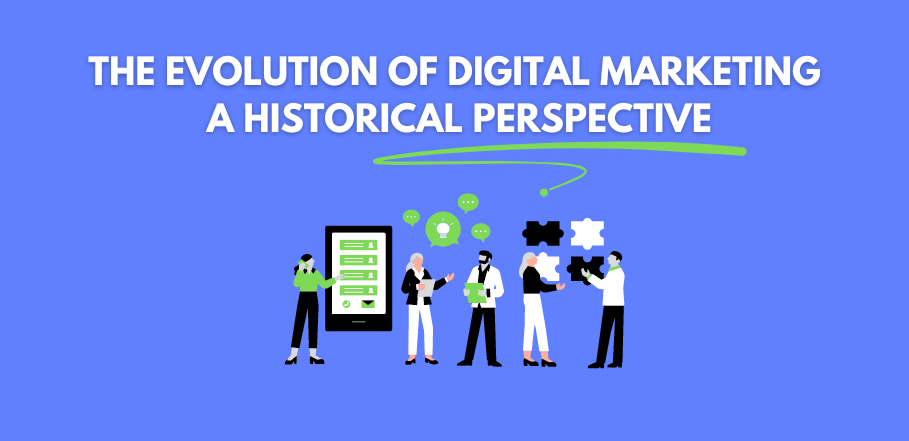
A Detailed Brief of Google Ads PPC
Google Ads, formerly known as Google AdWords, is a powerful online advertising platform developed by Google. It allows businesses to display ads on Google’s search engine results pages (SERPs), YouTube, and other websites that participate in the Google Ads network. This detailed brief explores the essentials of Google Ads PPC (Pay-Per-Click) advertising, its benefits, key components, and best practices for running successful campaigns.
1. What is Google Ads PPC?
Google Ads PPC is an online advertising model where advertisers pay each time a user clicks on one of their ads. It is an effective way to drive traffic to websites, generate leads, and boost sales by targeting specific keywords and demographics.
2. Why is Google Ads PPC Important?
Google Ads PPC is crucial for several reasons:
- Instant Visibility: Provides immediate exposure on Google’s SERPs and partner sites.
- Targeted Reach: Allows precise targeting based on keywords, location, demographics, and more.
- Measurable Results: Offers detailed analytics and reporting to track campaign performance.
- Cost Control: Enables control over ad spending with flexible budgeting options.
- Competitive Edge: Helps businesses stay competitive by appearing alongside or above organic search results.
3. Key Components of Google Ads PPC
Google Ads PPC consists of several key components, each playing a vital role in the success of a campaign:
Keywords
Keywords are the terms or phrases that users type into Google when searching for products or services. Choosing the right keywords is essential for targeting the right audience.
- Keyword Research: Identify relevant and high-traffic keywords using tools like Google Keyword Planner.
- Match Types: Utilize different match types (broad, phrase, exact, negative) to control when ads appear.
Ad Copy
Ad copy refers to the text that appears in your ads. It should be compelling and relevant to the user’s search query.
- Headlines and Descriptions: Craft attention-grabbing headlines and clear descriptions.
- Call-to-Action (CTA): Include a strong CTA to encourage clicks and conversions.
Landing Pages
Landing pages are the web pages users are directed to after clicking on an ad. They should be optimized to provide a seamless user experience and drive conversions.
- Relevance: Ensure the landing page content matches the ad copy and user intent.
- Design: Use a clean and responsive design with a clear CTA.
- Load Speed: Optimize page load times to reduce bounce rates and improve user experience.
Bidding
Bidding is the process of setting the maximum amount you are willing to pay for a click on your ad.
- Bid Strategies: Choose from various bid strategies like manual CPC, automated bidding, and target CPA.
- Budget Management: Set daily or monthly budgets to control ad spend.
Ad Extensions
Ad extensions provide additional information and improve ad visibility and click-through rates (CTR).
- Types of Extensions: Use site link extensions, call extensions, location extensions, and more.
4. Benefits of Google Ads PPC
Implementing Google Ads PPC offers numerous benefits:
- Targeted Advertising: Reach the right audience with precise targeting options.
- Scalability: Easily scale campaigns based on performance and budget.
- Cost-Effective: Pay only for actual clicks, ensuring the budget is spent efficiently.
- Flexibility: Adjust campaigns in real time based on performance data.
- Enhanced Visibility: Gain prominent placement on SERPs, increasing brand exposure.
5. Applications of Google Ads PPC
Google Ads PPC is versatile and can be used across various applications and industries, including:
E-Commerce
- Product Ads: Promote individual products to drive sales and traffic to online stores.
- Remarketing: Retarget previous visitors with tailored ads to encourage conversions.
Lead Generation
- Form Submissions: Drive leads through contact forms, newsletter signups, and other lead magnets.
- Calls to Action: Encourage phone calls and direct inquiries from potential customers.
Brand Awareness
- Display Ads: Use visual ads to increase brand visibility across the Google Display Network.
- Video Ads: Promote brand messages through YouTube ads.
Local Businesses
- Location Targeting: Target ads to specific geographic locations to attract local customers.
- Call Extensions: Include phone numbers in ads to drive direct calls.
Service-Based Businesses
- Appointment Bookings: Promote booking services like consultations, reservations, and more.
- Service Listings: Highlight specific services and drive traffic to service pages.
6. Best Practices for Google Ads PPC Success
To achieve optimal results with Google Ads PPC, follow these best practices:
- Thorough Keyword Research: Use tools like Google Keyword Planner to find relevant keywords with high search volume and low competition.
- Compelling Ad Copy: Write clear, persuasive, and relevant ad copy with strong CTAs.
- A/B Testing: Continuously test different ad variations to identify what works best.
- Landing Page Optimization: Ensure landing pages are relevant, well-designed, and optimized for conversions.
- Regular Monitoring: Keep an eye on campaign performance and make adjustments as needed.
- Budget Management: Set and adjust budgets based on campaign goals and performance.
- Utilize Ad Extensions: Use ad extensions to provide additional information and improve ad performance.
- Negative Keywords: Add negative keywords to prevent ads from showing for irrelevant searches.
7. The Future of Google Ads PPC
Google Ads PPC is continually evolving, with new trends and technologies shaping its future. Key trends to watch include:
- Automation: Increased use of AI and machine learning for automated bidding and ad optimization.
- Voice Search: Adapting campaigns for voice search queries and smart speaker usage.
- Visual Search: Leveraging visual search technologies to enhance ad relevance and engagement.
- Cross-Device Targeting: Ensuring seamless user experiences across multiple devices.
- Privacy Regulations: Adapting to changing privacy regulations and ensuring compliance.
Conclusion
Google Ads PPC is a powerful tool for businesses looking to drive traffic, generate leads, and boost sales through targeted online advertising. By understanding the key components and best practices of Google Ads PPC, businesses can create effective campaigns that deliver measurable results. At EZ Brand Builders, we specialize in developing tailored Google Ads PPC strategies that align with your unique business goals, helping you build a strong, agile, and customer-centric online presence. Investing in high-quality Google Ads PPC ensures your business remains competitive, efficient, and innovative in an ever-changing digital landscape.









